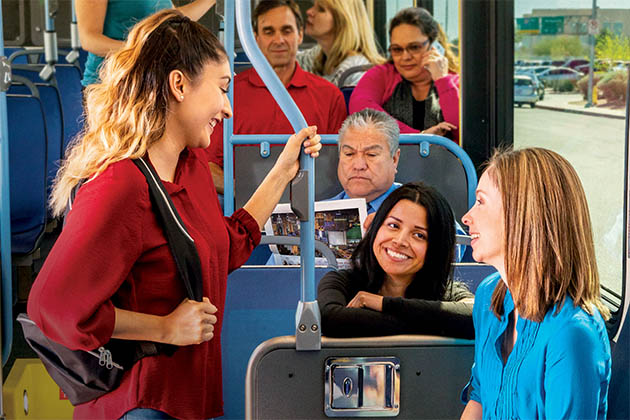Pedestrian Safety
Safety is a collaborative effort. Whether you are walking, riding a bicycle, driving a vehicle or riding a scooter, we all have to pay attention and be aware.
The Regional Transportation Commission of Southern Nevada (RTC), Nevada Department of Transportation (NDOT), Nevada Highway Patrol, local jurisdictions, Las Vegas Metropolitan Police Department, Clark County School District Police Department, UNLV’s Vulnerable Road Users Project, and other community partners seek to raise awareness for pedestrian safety.
Here are a few tips to get you started. Visit the NHTSA for more resources.

Top 10 tips to keep you safe as a pedestrian
- Be predictable. Follow the rules of the road and obey signs and signals.
- Walk on sidewalks whenever they are available.
- If there is no sidewalk, walk facing traffic and as far from traffic as possible.
- Keep alert at all times; don’t be distracted by electronic devices that take your eyes (and ears) off the road.
- Whenever possible, cross streets at crosswalks or intersections, where drivers expect pedestrians. Look for cars in all directions, including those turning left or right.
- If a crosswalk or intersection is not available, locate a well-lit area where you have the best view of traffic. Wait for a gap in traffic that allows enough time to cross safely; continue watching for traffic as you cross.
- Never assume a driver sees you. Make eye contact with drivers as they approach to make sure you are seen.
- Be visible at all times. Wear bright clothing during the day, and wear reflective materials or use a flashlight at night.
- Watch for cars entering or exiting driveways, or backing up in parking lots.
- Avoid alcohol and drugs when walking; they impair your abilities and your judgment.







































